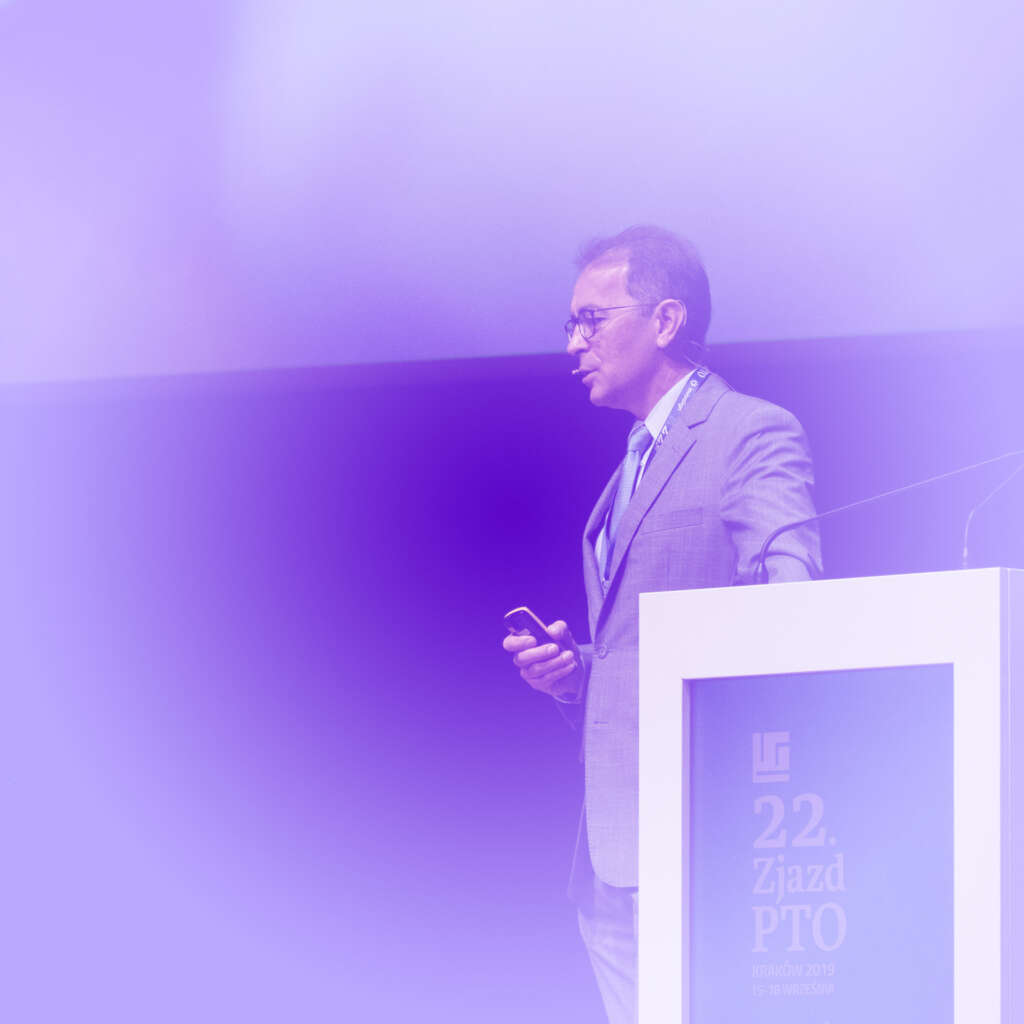Am J Orthod Dentofacial Orthop. 2018 Apr;153(4):496-504. doi:
10.1016/j.ajodo.2017.08.013.
Padmos JAD(1), Fudalej PS(2), Renkema AM(3).
Author information:
(1)Department of Orthodontics, Academic Centre for Dentistry Amsterdam,
University of Amsterdam and Vrije Universiteit Amsterdam, Amsterdam, The
Netherlands. Electronic address: j.a.d.padmos@acta.nl.
(2)Department of Orthodontics and Dentofacial Orthopedics, University of Bern,
Bern, Switzerland; Department of Orthodontics, Institute of Dentistry and Oral
Sciences, Palacky University, Olomouc, Czech Republic.
(3)Department of Orthodontics and Craniofacial Biology, Radboud University
Medical Centre, Nijmegen, The Netherlands.
Comment in
Am J Orthod Dentofacial Orthop. 2018 Nov;154(5):617.
INTRODUCTION: The aims of this study were to survey current retention procedures
applied by Dutch orthodontists and to examine their acquaintance with
“unintentionally active retainers.”
METHODS: A questionnaire was sent to all 306 Dutch orthodontists involved in
patient treatment. Questions were clustered in 4 parts: (1) general information,
(2) retention procedures, (3) characteristics of wire materials for bonded
retainers, and (4) acquaintance with “unintentionally active retainers.”
RESULTS: The response rate was 98%. The most applied retention modality in the
maxillary arch was a combination of a removable and a bonded retainer (54%); in
the mandibular arch, mainly a bonded retainer without a removable retainer was
used (83%). Bonded retention was aimed to be lifelong for the maxillary arch
(90%) and the mandibular arch (92%). Mean removable retention duration was
2 years. Vacuum-formed retainers were used more frequently and Hawley-type
retainers less frequently. The wire materials used for bonded retainers were
diverse. All orthodontists were familiar with unintentionally active retainers;
44% believed this phenomenon is caused by the properties of round multistrand
wires. The opinion that unwanted changes in tooth position can arise due to the
properties of round multistrand wire material was associated with changing the
wire material (P <0.005).
CONCLUSIONS: Lifelong retention with bonded retainers continues to increase. All
orthodontists were acquainted with unintentionally active retainers and their
impact. There is a need to identify all causative factors of inadvertent tooth
movement in relation to bonded retainers and to prevent the onset of
unintentionally active retainers.
Copyright © 2018 American Association of Orthodontists. Published by Elsevier
Inc. All rights reserved.
DOI: 10.1016/j.ajodo.2017.08.013
PMID: 29602341 [Indexed for MEDLINE]




